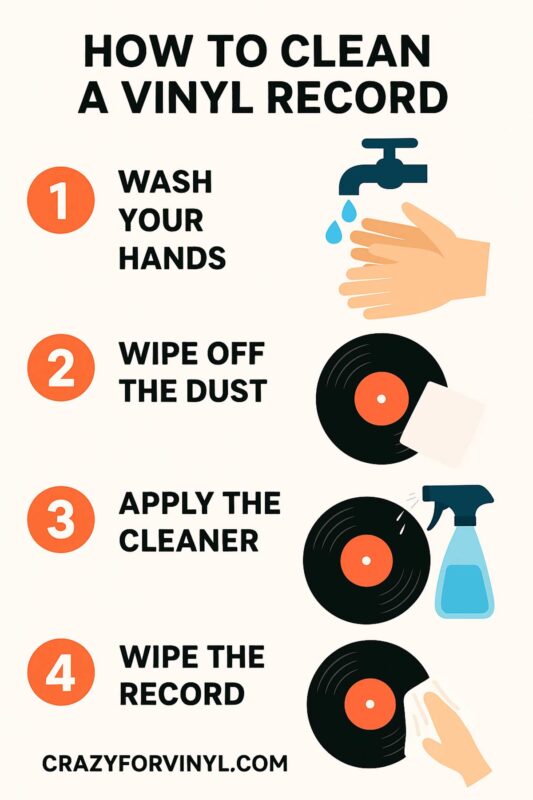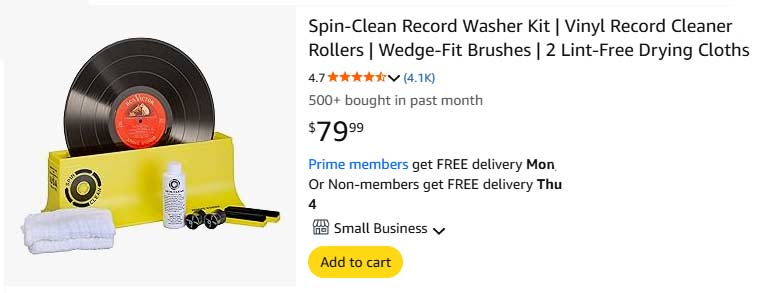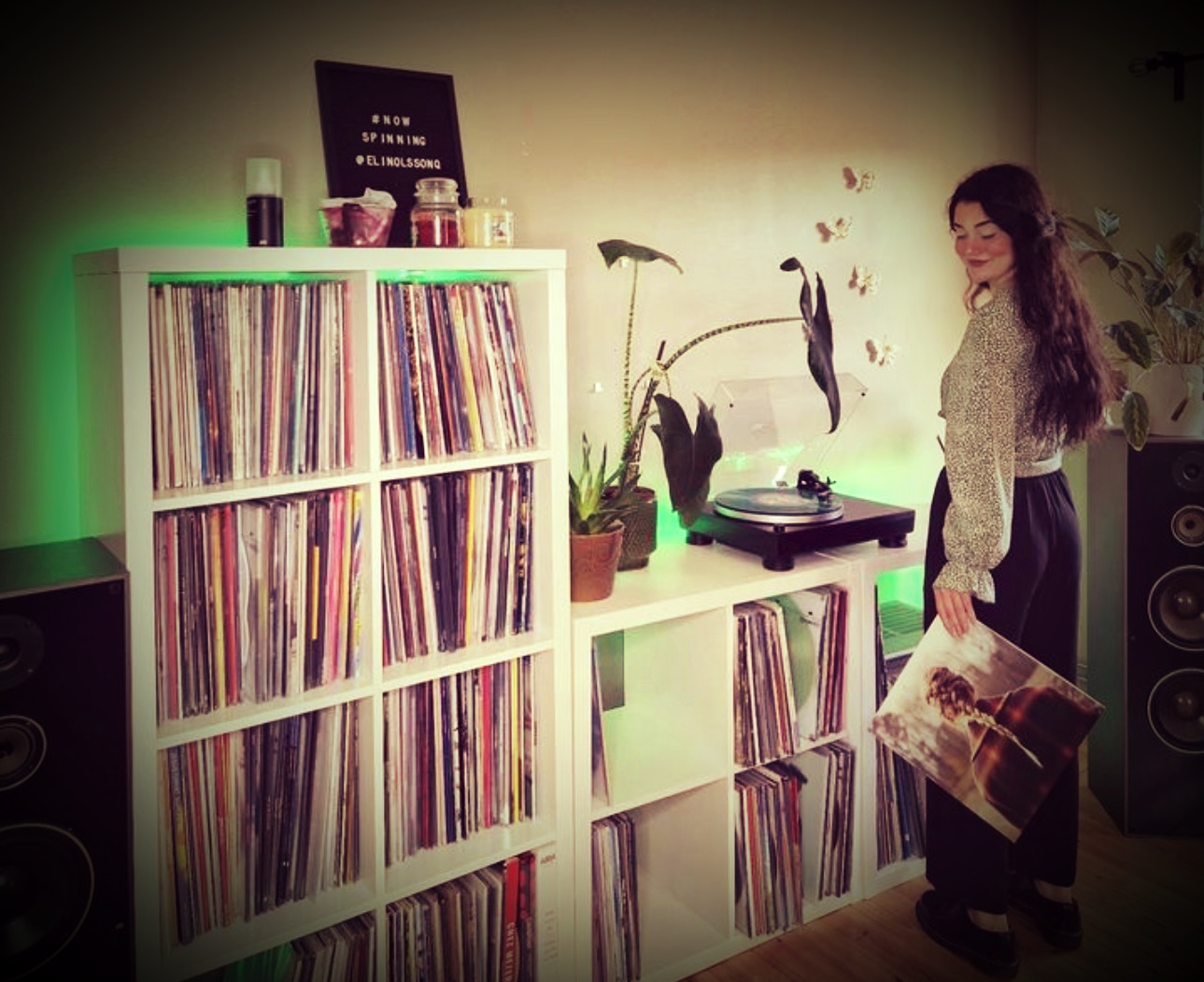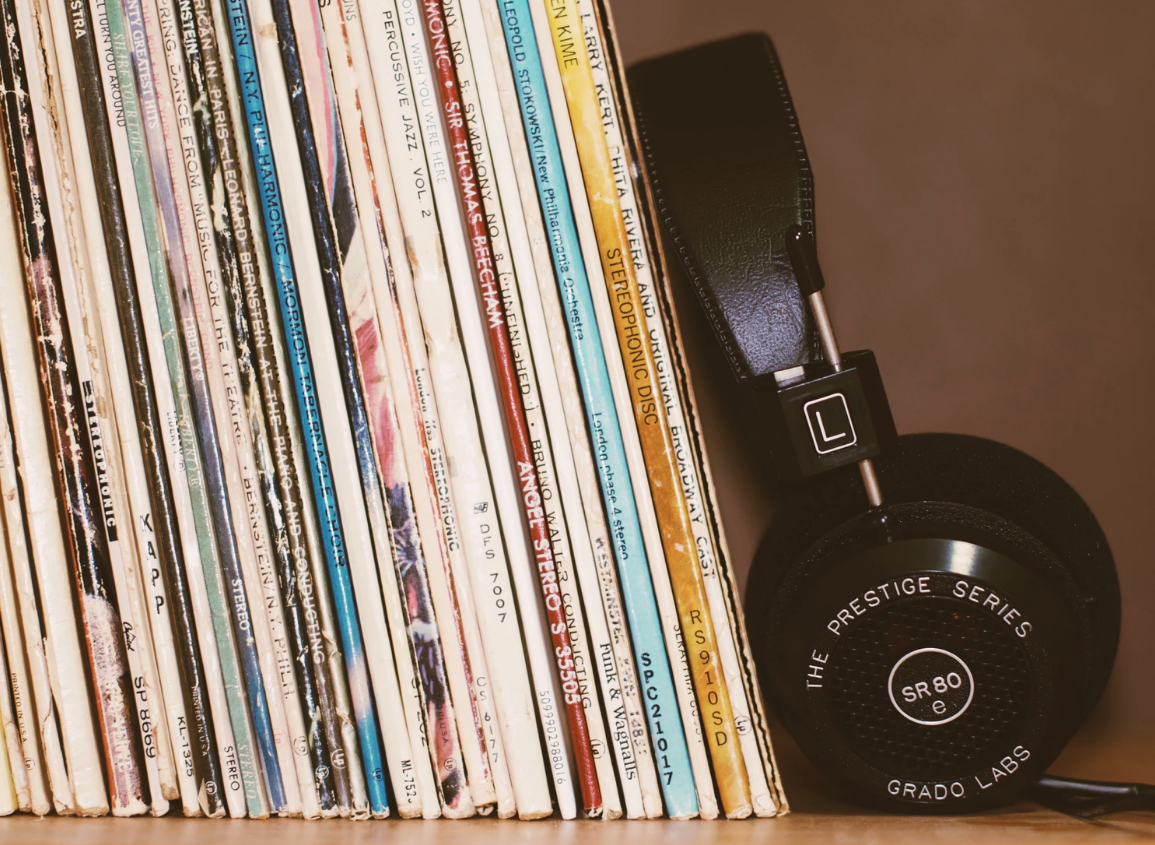How To Properly Clean A Vinyl Record
Vinyl records are treasures for music lovers. They provide a warmth and depth that streaming cannot match. However, to enjoy them fully, proper care is essential. A dirty record not only sounds bad but can also damage your turntable’s stylus. Fortunately, cleaning vinyl records is simple when you know the right methods. This guide explains step by step how to keep your collection sounding amazing. And while you read, remember that our vinyl albums for sale sound even better when kept spotless.
Why Cleaning Vinyl Records Matters
Dust and dirt may seem harmless, but they can ruin sound quality. Every groove on a vinyl LP contains delicate details of music. When debris builds up, it interferes with playback. Pops, skips, and hisses become noticeable. Worse, grime wears down the stylus over time. Therefore, cleaning is not only about sound but also about preservation. Records are an investment and can be worth a lot of money. Vinyl sounds better when cared for properly. It’s also important to store vinyl records the right way.
Gather The Right Tools
Before cleaning, make sure you have the right supplies. Do not grab just any household cleaner. The wrong liquid can damage vinyl permanently. Instead, consider a few basic items:
- A carbon fiber brush
- A microfiber cloth
- Distilled water
- A cleaning solution made for vinyl
- An anti-static record sleeve
These tools ensure safe cleaning. Each plays a role in removing dirt without scratching the grooves. Once you have them, you can start the cleaning process with confidence.

Dry Brushing Before Every Play
Always begin with a dry brush. A carbon fiber brush is the standard choice. Hold your record by the edges and let it spin on the turntable. Gently place the brush on the surface and sweep toward the outside. This removes dust and static. The process only takes seconds but prevents long-term damage. Even brand-new vinyl albums for sale on this page benefit from a quick brushing before use.
Deep Cleaning With A Record Solution
Sometimes dust is not enough to tackle stubborn grime. At this point, a wet cleaning method is needed. Use a cleaning solution made specifically for vinyl. Never use alcohol-heavy cleaners, as they can strip protective layers. Place your record on a soft surface, then apply a small amount of solution. With a microfiber cloth, wipe in circular motions that follow the grooves. Move slowly and avoid pressing too hard. This method restores clarity and removes oils or fingerprints.
Using A Record Cleaning Machine
For collectors with large libraries, a record cleaning machine is worth considering. These devices provide professional-level cleaning with minimal effort. Some use vacuum suction, while others use ultrasonic technology. Either way, they deliver results that manual cleaning cannot match. While machines can be costly, they extend the life of your collection. Imagine spinning a classic Bessie Smith or Les McCann LP on clean vinyl—it simply sounds better than digital files.

Handling Records Correctly
Cleaning is important, but so is prevention. Many issues arise from poor handling. Always hold records by the edges or the label. Avoid touching the grooves where music lives. Fingerprints introduce oils and dirt, which attract more dust. Also, never stack records on top of each other. The pressure causes warping and scratches. Instead, store them upright in sturdy sleeves. Every album you purchase, including those for sale here, will last longer if handled with care.
Storing Vinyl In Anti-Static Sleeves
Once your record is clean, store it properly. Paper sleeves often leave behind fibers that reintroduce dust. Instead, choose anti-static inner sleeves. They reduce static electricity and protect the grooves. Outer sleeves also prevent wear to album covers. This extra step keeps both the music and artwork safe. Since many vinyl albums for sale here have collectible covers, protecting them is just as important.
Cleaning The Stylus
Do not forget the stylus. The needle touches the grooves directly, so it must stay clean. A dirty stylus transfers grime back onto your records. Use a stylus brush or gel pad designed for this purpose. Gently clean the tip from back to front, never side to side. This prevents damage and ensures crisp sound. A well-maintained stylus combined with clean vinyl creates the best possible listening experience.
Frequency Of Cleaning
How often should you clean your vinyl? A quick brush before every play is essential. A deeper clean depends on usage. Records played often may need wet cleaning monthly. Rarely used records can go longer but should be inspected before use. Always listen carefully. If pops and hisses appear, it may be time for a deeper clean. Regular maintenance ensures every album, from Prince Buster to Pearl Jam, delivers its true sound.
Vinyl Sounds Better When Clean
There is no doubt that vinyl has a unique warmth. But that magic disappears when dirt interferes. Streaming compresses music and strips away details. Clean vinyl records, however, reveal textures that digital cannot capture. Imagine hearing the deep emotion of Bessie Smith or the lively rhythms of Uncle Tupelo on pristine vinyl. The difference is striking. That is why cleaning and proper care are essential.
Building A Collection Worth Preserving
Every collector wants their vinyl to last for decades. Proper cleaning and storage make this possible. Records are not disposable media like streaming files. They are physical works of art with lasting value. When you buy vinyl albums for sale on this page, you are purchasing timeless sound. With regular care, they will provide countless hours of listening joy. Plus, they make your home feel richer, warmer, and more alive.
By following these steps, your records will remain clean, your stylus will last longer, and your music will always sound its best. Vinyl albums deserve respect, and caring for them ensures that every spin is unforgettable.



![Currents [2 LP] #1](https://m.media-amazon.com/images/I/61zjlISscDL._SL100_.jpg)
![Currents [2 LP] #2](https://m.media-amazon.com/images/I/51ETyCkBSyL._SL100_.jpg)



![Man's Best Friend[Light Blue LP] #1](https://m.media-amazon.com/images/I/317H8K7WiaL._SL100_.jpg)
![Man's Best Friend[Light Blue LP] #2](https://m.media-amazon.com/images/I/5176ks-5PeL._SL100_.jpg)




![Gold - Greatest Hits[2 LP] #1](https://m.media-amazon.com/images/I/51mGW9UohWL._SL100_.jpg)
![Gold - Greatest Hits[2 LP] #2](https://m.media-amazon.com/images/I/410sx7AtHuL._SL100_.jpg)
![Gold - Greatest Hits[2 LP] #3](https://m.media-amazon.com/images/I/41PywevsgbL._SL100_.jpg)








![[Exquisite Appearance] Built from wood and metal materials with a unique sense of layering; The streamlined corner design is truly atmospheric and stylish(Note: long hold the start button to turn the power on, and press again to start) [All in 1] Thi...](https://m.media-amazon.com/images/I/41vovGjFkeL._SL160_.jpg)











































